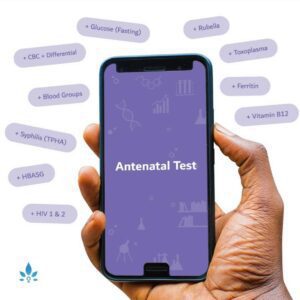Does Your Child Have Sensory Processing Disorder?


We all perceive and understand the world through our senses: smell, touch, sight, taste, sound, and movement—but not everybody experiences the world in the same way. For example, some people may love the sensation of sand beneath their feet, while others prefer solid floors (the sense of touch). Some people concentrate better with white noise in the background, while others find it distracting (the sense of sound). Some people need to be in constant motion to feel centered (the sense of movement). Bright lights may be uncomfortable to some people, while dim lights may not be enough for others (the sense of sight). Eating foods of different textures may be fun for some but unpleasant for others (sense of taste).
Sensory Processing Disorder (SPD) is a neurological condition in which the brain has significant trouble receiving and responding to sensory information. It can affect one or multiple senses. People may be under-responsive to sensory information, meaning they need more stimulation than others. Alternatively, they may be over-responsive, meaning they are more sensitive to stimuli that don’t bother most people. It’s also possible to be both under- and over-responsive, depending on the sense. In day-to-day life, SPD can be signaled in a child by extreme reactions to “normal” forms of stimulus, such as screaming at loud noises or having tantrums over regular stimulus.
The disorder affects children and adults, but it is more evident during the early years when developmental milestones are delayed. The parent may notice that the child reacts differently to events than other children do or may not want to participate in daily activities. SPD can put a strain on the parent/child relationship as parents can blame themselves for their child’s seeming defiance or inability to relate. Early diagnosis leads to early intervention, which not only helps the child learn how to better exist in his environment but also empowers the family to lead a more enriching life. Currently, the cause for SPD is unknown, although some hereditary and genetic factors have been identified.
Approximately one in 20 children have SPD. Many children are misdiagnosed with autism spectrum disorder (ASD), in part because children with ASD often have sensory processing difficulties on top of delayed social skills. Though children with SPD also tend to have some difficulties socializing, this tends to improve with therapy. Children with SPD also tend to be misdiagnosed with attention deficit hyperactivity disorder (ADHD) due to their difficulty sitting still or inattention.
Diagnosis of SPD begins with a screener administered at school, a pediatric practice, or a private practice. If results warrant further evaluation, an occupational therapist administers standardized testing, detailed clinical observations, and parent-report measures. Psychologists with a sensory integration background can identify SPD.
Sources:
- Sensory Processing Foundation.
University of Kansas Medical Center - Conceptual Articles Explaining Sensory Processing Concepts.
University of Kansas Medical Center - Introduction to Sensory Processing Concepts.
PsyBlog - Brain Wiring Differences in Sensory Processing Disorders and Autism.
Ahn, R - R., Miller, L
- J., Milberger, S., & McIntosh, D
- N
- (2004)
- Prevalence of parents’ perceptions of sensory processing disorders among kindergarten children
- American Journal of Occupational Therapy, 58, 287–293.
Powered by Bundoo®











































